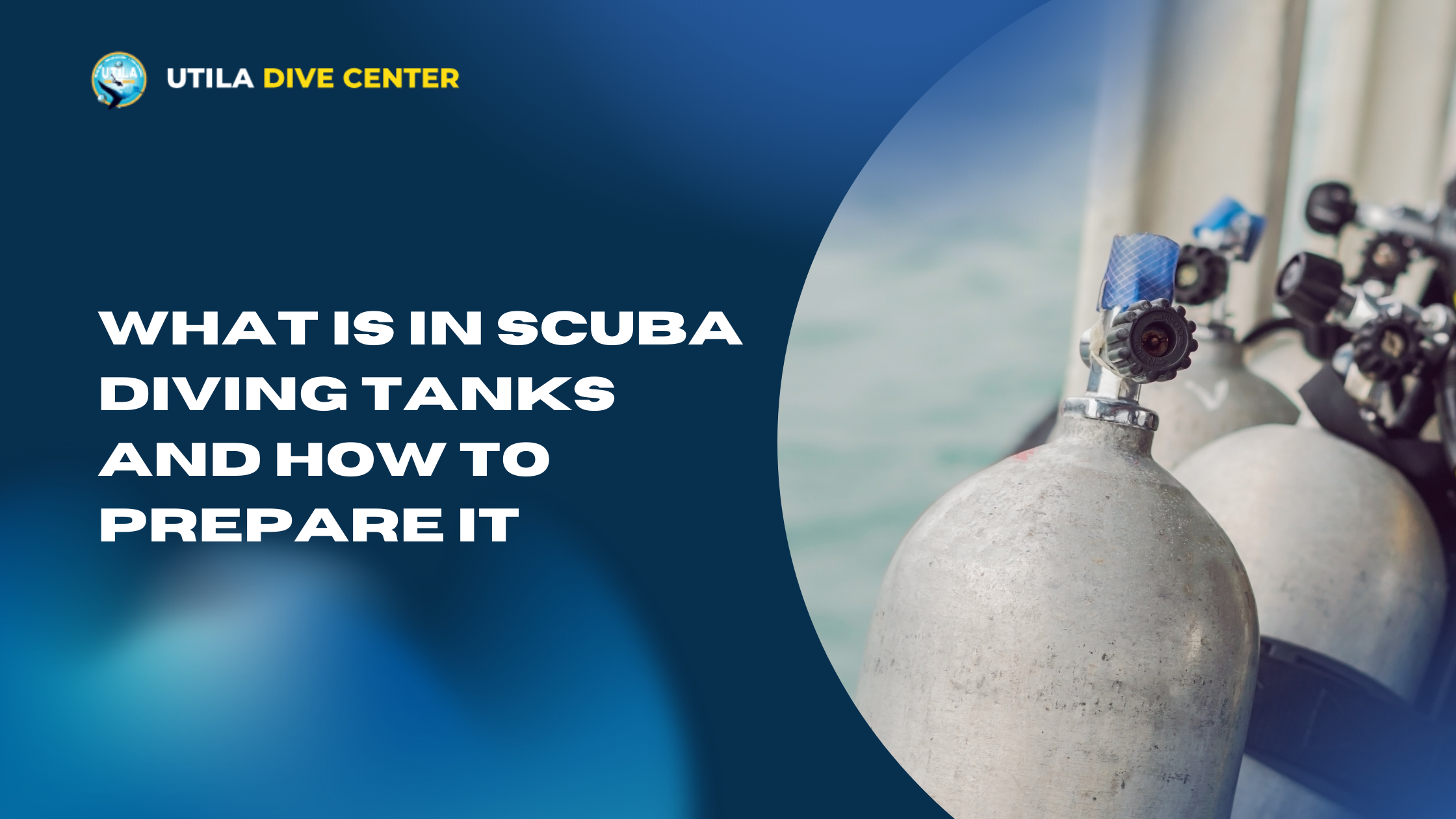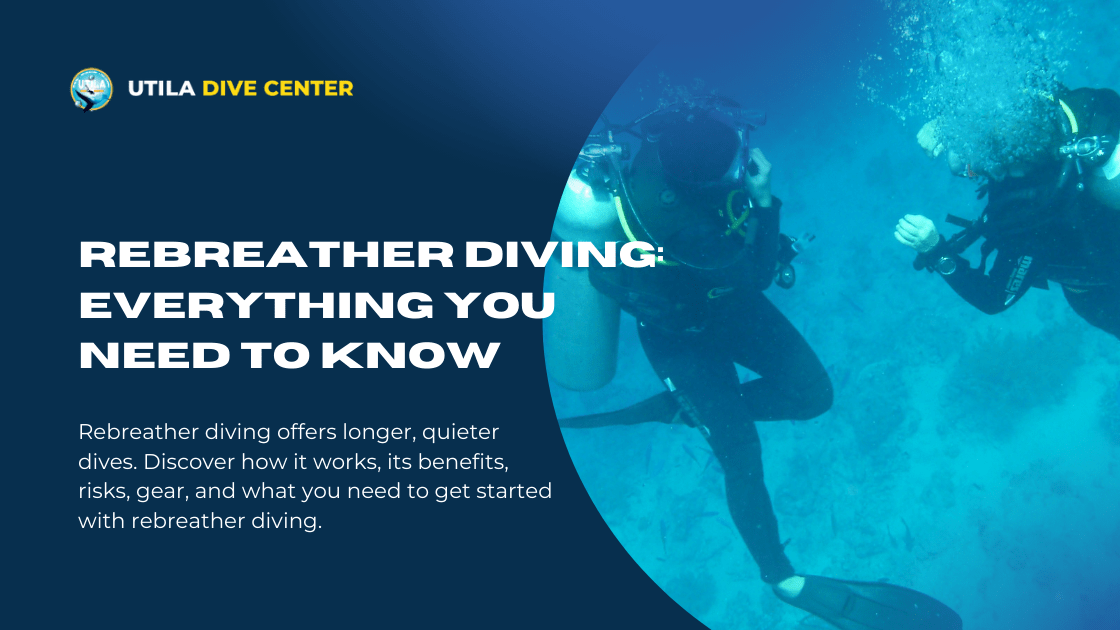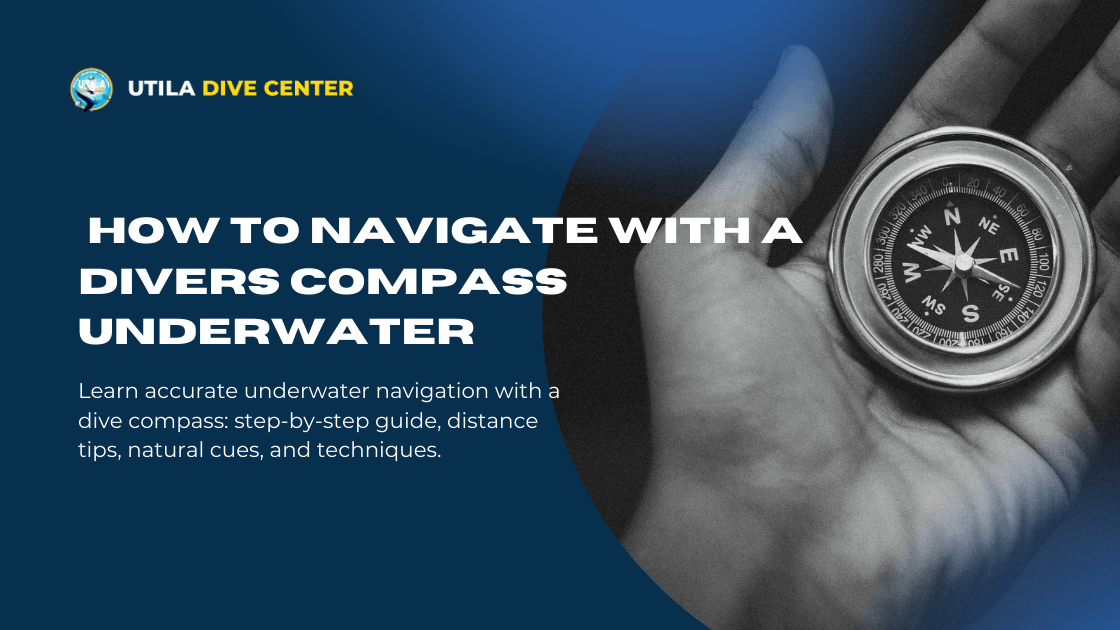
What is in SCUBA diving tanks and how to prepare it
What is in SCUBA diving tanks and how to prepare it
By: Manny Lagos | Date: 2025-04-24T06:21:08.394Z
So, you’ve finally decided to go SCUBA diving– great! You’ve packed your dive bag, bought your wetsuit, and got everything else in order. You’re all set…or are you? Have you thought about what’s actually inside your SCUBA tank? Is it pure oxygen, regular air, or a mix of various special gases?
No matter where you are in your diving journey, knowing what is in your SCUBA diving tank and how to prepare it is key to having a safe and fun diving experience.
What’s Inside a SCUBA Tank?
1. Compressed Air vs. Specialty Gas Mixtures
Most divers use compressed air tanks for recreational diving. That’s right– nothing extraordinary, just regular air, like what you’re breathing right now. This air is filtered and compressed to high pressure to fit into a tank. It generally contains: 78% nitrogen, 21% oxygen, and 1% trace gases (like argon and carbon dioxide).
But did you know there are certain specialty gas mixtures used for more advanced types of diving?
- Nitrox (Enriched Air Nitrox - EANx)-
This has more oxygen content (up to 40%) than regular air. It’s perfect for longer dives as it helps reduce nitrogen absorption and increase bottom time.
- Trimix-
Typically used for deep technical dives, trimix is a mix of nitrogen, oxygen, and helium. It reduces nitrogen narcosis (a drowsy state caused due to breathing air under pressure) and oxygen toxicity. So, if you’re planning to go deep, this one’s perfect for you.
- Heliox-
Going for a deep-sea exploration? Carry a heliox air tank. It’s a mix of helium and oxygen, generally used for extreme depths to prevent nitrogen narcosis too.
- Pure Oxygen-
This one’s not recommended for deep dives at all. It is mainly used during decompression stops to help the body get rid of excess nitrogen and reduce the risk of decompression sickness.
2. Why Gas Mixtures Matter for Different Depths
You might also be wondering why don’t divers just pick up the same type of gas tank for every dive and jump in. Well, it’s because different depths and dive durations require different gas mixtures to provide safety, clarity, and control underwater.
Choosing the right gas mixtures help you avoid the following risks:
- Nitrogen narcosis- Too much nitrogen at depth can make you feel a little loopy, confused, or even euphoric. This is not the most ideal state for a diver to be in.
- Oxygen toxicity- Oxygen can actually become toxic at high pressures. That often leads to convulsions and other serious risks. Not something you want, ever!
- Decompression sickness- “The bends” or decompression sickness is something that every diver runs far away from. It happens when dissolved gases (mostly nitrogen) form bubbles in your bloodstream and tissues after a dive.
Types of SCUBA Tanks and Their Materials
Not all SCUBA diving tanks are made the same– they come in different shapes, sizes, and materials. The right tank for you depends on your diving style, depth, and comfort.
So, here’s a quick rundown of different types of SCUBA diving tanks to help you find the best fit for your next adventure:
- Aluminium tanks:
Best choice for recreational divers. These SCUBA cylinders are lighter on land but bulkier underwater, which might affect buoyancy.
- Steel tanks:
Are you a technical or deep diver? If yes, then steel tanks should be on the top of your list. They are comparatively compact, store more air, and provide better buoyancy control. What more can one ask for?
- High-pressure (HP) vs. Low-pressure (LP) tanks:
High-pressure tanks hold more air in a smaller size but need higher fill pressures and specialized valves. Low-pressure tanks on the other hand, are easier to fill but larger in size.
- Pony bottles:
Think of pony bottles as your underwater safety net. These small backup air tanks carry extra air for emergency situations and make sure you’re never caught without a breath when you need it the most.
Here’s a guide to learn how to SCUBA dive.
How to Prepare a SCUBA Tank for Diving
Now that you know what’s in your SCUBA tank and the different types available, let’s talk about the fun part: preparing it for your next diving adventure!
At Utila Dive Center, we believe, a little preparation goes a long way in making sure your dive is safe, fun AND hassle-free.
So, here's a step-by-step breakdown of how to set up your SCUBA tank like a pro and make every dive count!
-
Filling a SCUBA Tank: The Process
Filling a SCUBA diving tank is not as simple as just pumping in some air and calling it a day. It requires precision, specialised equipment, and careful attention to detail.
Here’s how it’s done:
- Inspect the tank-
Before filling, the SCUBA diving tank should be checked for any leaks, damage, or corrosion. After all, who wants surprises underwater?
- Pick the right gas mix-
Based on your dive plan and diving style, you’ll have to choose between compressed air, a specialty gas mix, or Nitrox.
- Connect the tank to a high-pressure air compressor-
SCUBA cylinders are filled using specialized air compressors that filter out moisture and contaminants, making sure the air is clean and breathable.
- Gas analysis (if required)-
If you’re using Trimix or Nitrox for your dive, use a gas analyzer to double-check the oxygen and nitrogen levels. Just remember, accuracy is everything when it comes to SCUBA diving.
-
Pre-Dive Checks & Inspections
A quick pre-dive check can mean the difference between a stressful dive and an amazing one. So, inspect everything and jump in with confidence:
- Visual check-
Look for any dents, cracks, or rust. If you find some, ditch that tank.
Hydrostatic test – Make sure your tank has been pressure-tested within the last 5 years (it’s a legal requirement).
- O-Ring check-
A worn-out O-ring can cause leaks– double-check it for any damage before attaching your regulator.
- Pressure levels-
A full tank usually reads 3,000 PSI– check your gauge thoroughly to ensure you’re not caught short on air mid-dive.
-
Attaching the Regulator & Conducting Leak Tests
Once your SCUBA cylinder is filled, inspected, and ready to go– it’s time to attach your regulator and conduct some leak tests.
Here’s how to do it:
- Secure the first-stage regulator-
Attach it to the tank valve and tighten it properly (don’t overdo it).
- Check for leaks-
Open the tank valve and listen for any hissing sounds. You can also use a leak detection solution to spot the same.
- Check the pressure gauge-
Make sure it reads correctly so you know if you’ve got the right amount of air before diving in.
- Perform a bubble test-
Dip the valve and regulator in water. No bubbles? You’re good to go. Spot bubbles? Something’s leaking and it’s time for a quick check.
-
Proper Handling & Transporting of Tanks
SCUBA tanks are heavy and pressurised, so handling them with care is super important.
Here are some simple tips to keep your tank in good shape:
- Always secure tanks-
Use tank straps or holders to stop them from rolling around or tipping over.
- Store upright-
Keeping a tank upright prevents damage to the valve and makes it a lot easier to handle.
- Avoid heat-
Tanks should always be stored in a cool, dry place away from direct sunlight to prevent pressure buildup and damage.
Conclusion: Ensuring a Safe and Efficient Dive
By now you know that your SCUBA tank is a lot more than just a piece of equipment on your SCUBA packing list– it’s your underwater lifeline. Understanding what’s in your SCUBA tank and knowing how to prepare it makes a huge difference in the kind of dive you have.
At Utila Dive Center, we've been helping divers like you explore the ocean with utmost ease and confidence for over 20 years. There’s a reason we’re the gold standard for SCUBA diving training in the Caribbean.
If you’re ready to do the same, connect with us and let’s make your diving dreams a reality!

Rebreather Diving: Everything You Need to Know
Rebreather diving offers longer, quieter dives. Discover how it works, its benefits, risks, gear, and what you need to get started with rebreather diving.
Read more
12 Rules of Scuba Diving All Divers Must Follow
We've curated a list of 12 rules of scuba diving to help you stay safe, protect marine life, and enjoy your underwater adventures with confidence.
Read more
How to Navigate With a Divers Compass Underwater
Learn accurate underwater navigation with a dive compass: step-by-step guide, distance tips, natural cues, and techniques.
Read more
Common Dive Injuries and How to Prevent Them
Overview of dive injuries from barotrauma diving to decompression sickness and steps to prevent dive injuries for safe diving.
Read more